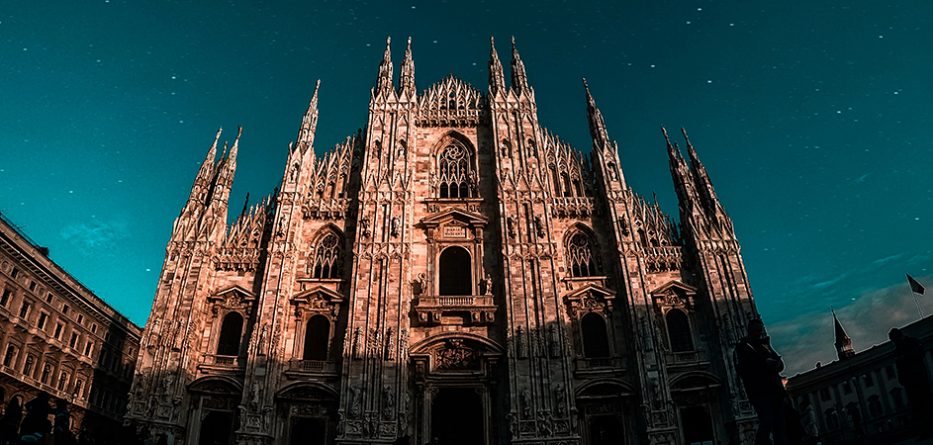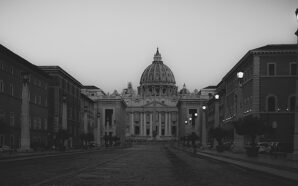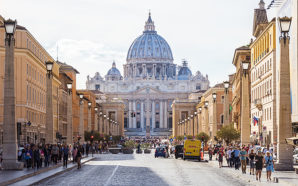After sunset each night teenagers gather in the piazza below the windows of my fifth floor room. They are not rowdy, not really. They are just young.
And here, apparently, that means they talk and sing a bit, and then drink a bit and sing a bit more. Then they sit and laugh and sing in the darkness beneath my room. Which is why I cannot sleep. And it is sleep I need because I am sick.
Two weeks later, I am no longer sick, and it is easy to sleep. And though I presume that somewhere those teenagers are still laughing and singing and drinking, during these times of quarantine they are no longer under my windows. I miss them.
Milan. On a normal day a visitor would find it genteel and lively, historic and modern, businesslike and bustling; a city fast approaching the Platonic ideal of cosmopolitan Europe. But much has changed.
Having just arrived here in early March, healthy and whole, I cannot measure how much. The news that the coronavirus was loose in Lombardy only crossed the U.S. radar the day before I left New York City—and even with such little warning time, my red eye across the Atlantic was all but empty. Uncomplaining, I pushed up the armrests on my row and slept.
Landing at Milan Malpensa the next morning, I was—after a quick temperature scan by a pair of masked health care workers—passed through customs with scarcely a word. A train ride later I arrived at the doors of the building where I was to stay: Leone XIII, a Jesuit high school just northwest of downtown.
It was a Tuesday morning, and I had prepared myself for the sights and sounds of a high school, the buzz of 1,000 young women and men. But that is not what I found.
To continue reading this article, click here.
Patrick Gilger, S.J., is pursuing a doctorate in sociology at the New School for Social Research in New York. He is America’s contributing editor for culture.
With thanks to America Magazine and Patrick Gilger, S.J, where this article originally appeared.








